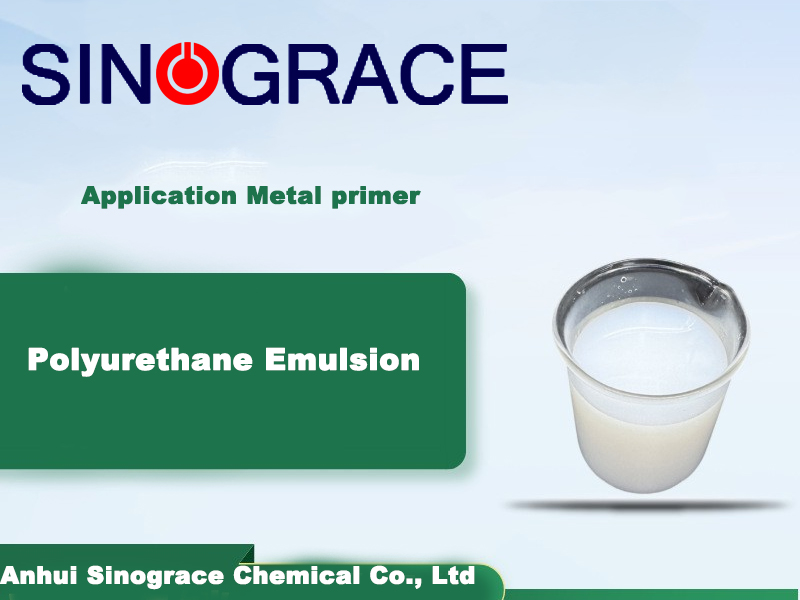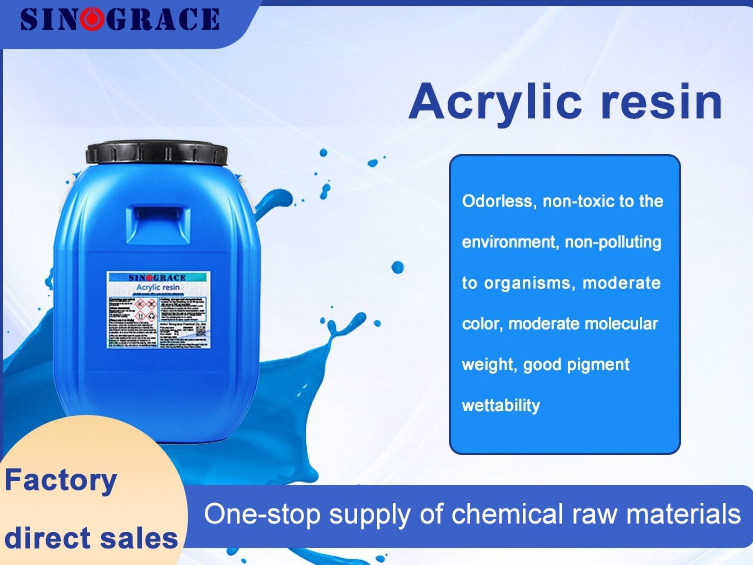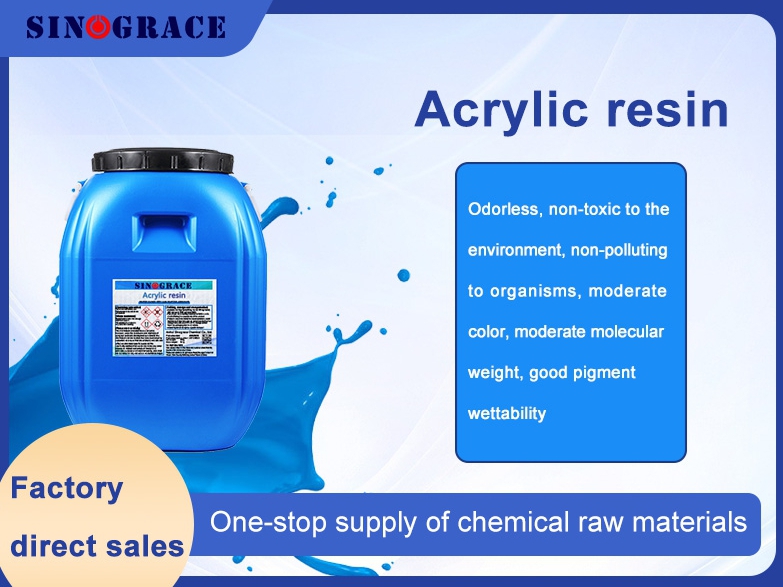Acrylic emulsion applications in industrial protection scenarios
Water based acrylic polymer emulsions are fully reacted acrylic polymers dispersed in water. These products contain no residual free formaldehyde. These polymers are now being widely used in the paint/coatings, ink, leather, textile and adhesives industries 1. Metal corrosion protection acrylic emulsion: Salt spray resistant and corrosion resistant, protecting metal substrates. 2. Steel structure special acrylic emulsion: Long-lasting outdoor rust prevention, adaptable to harsh climates. 3. Pipeline corrosion protection acrylic emulsion: Resistant to acid and alkali corrosion, extending pipeline life. 4. Chemical equipment acrylic emulsion: Resistant to chemical media, providing surface protection for equipment. 5. Container acrylic emulsion: Impact and abrasion resistant, suitable for transportation environments. 6. Machine tool coating acrylic emulsion: Oil and scratch resistant, ensuring a durable equipment appearance. 7. Hardware accessories acrylic emulsion: Fine coating, enhancing the texture and durability of accessories. 8. Instrument housing acrylic emulsion: Anti-aging and colorfast, providing a clean and durable appearance. 9. Electrical box acrylic emulsion: Insulating and weather resistant, protecting electrical equipment safety. 10. Shelf coating acrylic emulsion: Wear and scratch resistant, suitable for warehousing applications. 11. Radiator special acrylic emulsion: High temperature and water resistant, heat dissipation does not affect the coating. 12. Elevator car acrylic emulsion: High gloss, fingerprint resistant, easy to clean and maintain. 13. Fan blade acrylic emulsion: Wind erosion resistant, aging resistant, improves equipment efficiency. 14. Iron tower coating acrylic emulsion: High-altitude weather resistance, double protection against rust and corrosion. 15. Agricultural machinery parts acrylic emulsion: Oil and wear resistant, suitable for field environments. 16. Automotive parts acrylic emulsion: Compatible with water-based coatings, environmentally friendly, strong adhesion. 17. Medical device housing acrylic emulsion: Environmentally friendly and non-toxic, meets medical standards. 18. Fitness equipment acrylic emulsion: Anti-aging and sweat resistant, extends equipment life. 19. Lamp housing acrylic emulsion: Good light transmittance, UV resistant and does not yellow. 20. Air conditioner housing acrylic emulsion: Resistant to humidity and heat, anti-mildew, adaptable to different climates. 21. Motorcycle parts acrylic emulsion: Weather resistant and impact resistant, long-lasting and beautiful appearance. 22. Battery housing acrylic emulsion: Resistant to electrolyte corrosion, protects battery components. 23. Acrylic emulsion for floor coatings: Abrasion-resistant and pressure-resistant, specifically for industrial flooring. 24. Acrylic emulsion for cable trays: Weather-resistant and insulating, protecting cable installations. 25. Acrylic emulsion for wastewater treatment equipment: Resistant to wastewater corrosi...
read more

 English
English français
français русский
русский español
español العربية
العربية








